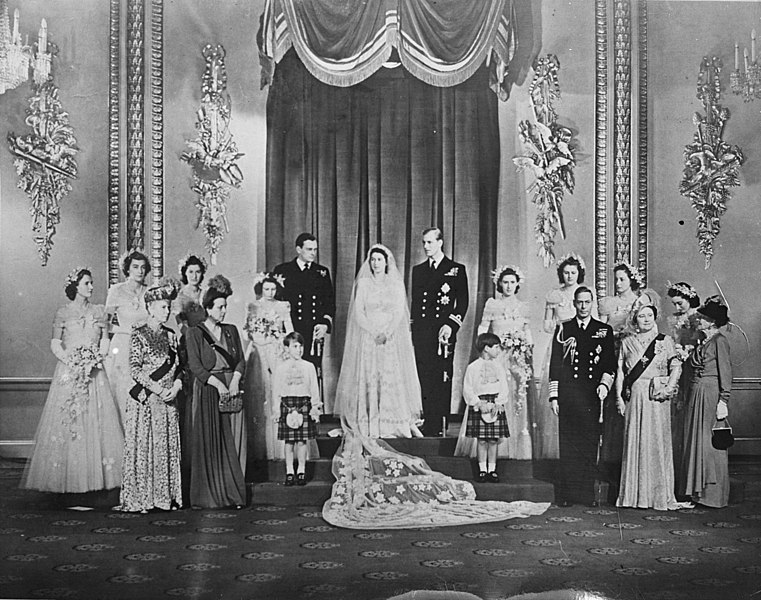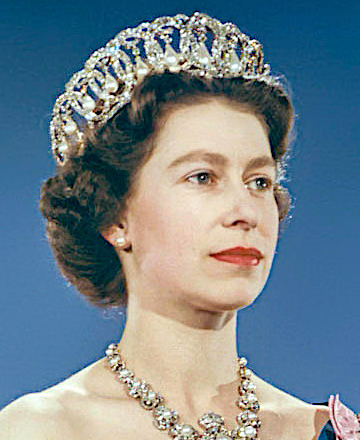Queen Elizabeth II was one of the most important monarchs in British history but despite ruling longer than anyone else, there were three very famous titles she was never allowed to hold. And all because she was a woman.
When she became heir to the throne, on the accession of her father as King George VI in December 1936, the then Princess Elizabeth was prevented by ancient royal rules from taking on a trio of roles. There was no chance of her becoming Princess of Wales, Duchess of Cornwall or Duchess of Rothesay and it was purely because she was female.
Princess of Wales?
The title of Prince of Wales has been given to the heir to the British throne for centuries. In 1301, King Edward I made his son, Edward, the Prince of Wales. However, there are rules and Elizabeth II fell foul of them.
The title is for the heir apparent and Elizabeth was never that. An heir apparent cannot be removed from their legal position of inheritance. In 1936, when Elizabeth became first in line, she could have been supplanted by a younger brother, if one had been born to her parents, George VI and Elizabeth. She was heiress presumptive.
The title of Prince of Wales has been given to the eldest surviving son of a monarch at their accession throughout the centuries. If that son dies before their parent, the title reverts to the Crown and was given, in some instances, to the new heir apparent, But they were always the son or grandson of the monarch.
In 2012, the Succession to the Crown Bill brought in absolute primogeniture meaning any future female heir to the throne is an apparent not a presumptive claimant. Because brothers could bump sisters until then, there have been very few female heirs to the throne and debate around whether they should be Princess of Wales has been limited. However, it seems strange that there is even still a question over the possibility in an all new 21st century monarchy.
The duchy with no duchess
There have been more questions about the Duchy of Cornwall, the estate that traditionally passes to the heir on the accession of a new monarch. The huge land holdings and the title that comes with them have been reserved for the first son of a monarch since the 14th century when Edward III created the Cornish dukedom for his eldest son.
The Duchy of Cornwall is famously wealthy. In 1830, the Whigs asked for the money but lost the battle as they needed royal support for another policy. At that point, the heir to the throne was a certain Victoria who went on to be a record breaking queen but who was never Duchess of Cornwall.

(By Anefo, CC0, Wiki Commons)
It’s because the charter that established it says that the Duchy of Cornwall goes to the eldest surviving son of a monarch. Victoria was the niece of the monarch during her time as heir and Elizabeth II never met the criteria to hold the title or the estate as she was a girl.
When the Duchy isn’t held by anyone, it reverts to the Crown. The next heir to the throne will be Prince George but should he have a female heir, a rule change will be needed to allow her to take this very traditional title.
Scotland says no, too
The third historic title that was denied to Elizabeth II was that of Duchess of Rothesay.
Since 1469, the male heir to the throne of Scotland has been the Duke of Rothesay. When King James VI became King James I of England and brought the two crowns together for the first time, he also brought an heir with him. His young son, Henry, was already Duke of Rothesay and became Prince of Wales although he died before his father and never became king.

(Corporal Nathan GM Tanuku, RLC, UK MOD © Crown copyright 2022)
The formal unification of the Crowns didn’t change the titles given to male heirs. The son of a monarch automatically becomes Duke of Rothesay on their parent’s accession. However, this is another boys only club so Elizabeth II never held the title. There were other titles for the Scottish heir including Earl of Carrick, Lord of the Isles and Prince and Great Steward of Scotland. Again, Elizabeth II never used them.
The big question now is when and how the rules will be changed to ensure any future female heir to the throne has as much right to the traditional titles as a man.
